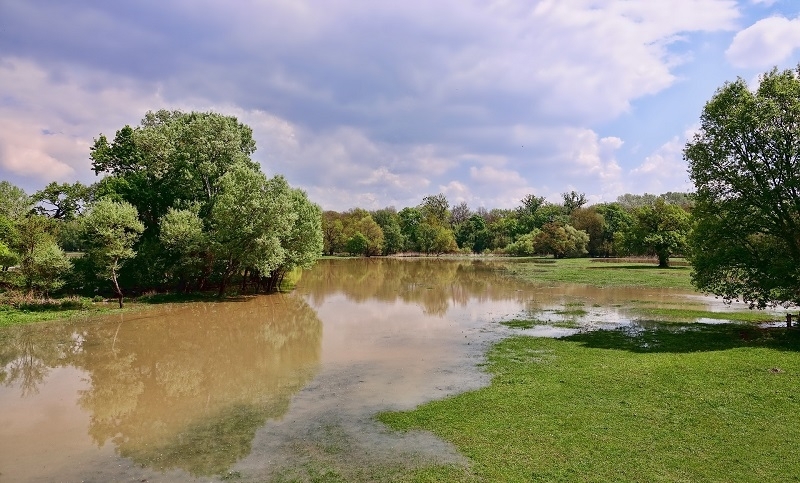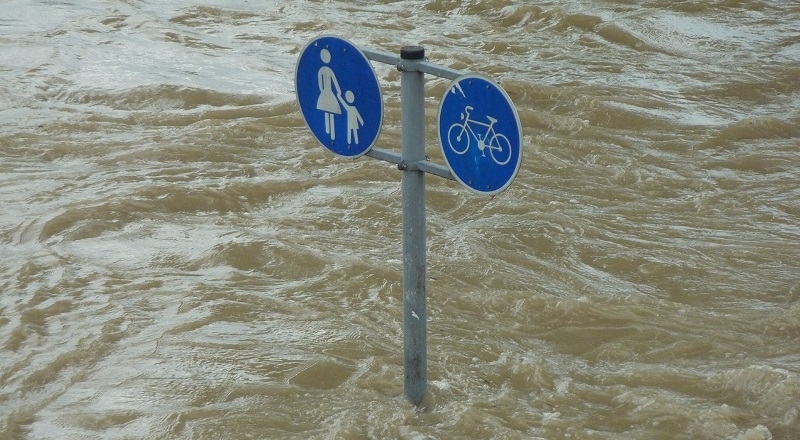The timber types most suitable for flood defence
Published: 10/08/20 By: Mike Bekin
Serious flooding events are becoming a lot more common. Exacerbated by several factors including climate change, poor land management, and building on floodplains, flooding is a real risk for many homes and businesses across the UK.
With few of these issues likely to be resolved shortly, flooding is likely to get worse in the coming years.
As @CarbonBrief says. “Heavier rainfall plus sea level rise – which makes storm surges bigger and more likely to breach coastal defences – has scientists warning of a greater flood risk in the UK as the climate warms.”
One of the best ways to protect land and property from the rising waters is timber flood defences.
Effective and environmentally friendly, timber can be used to help hold back swollen rivers and raging torrents, protecting homes, businesses, and infrastructure in the process.
Strength
When selecting timber to be used in flood defences, strength is one of the most important considerations.
Water can exert a huge amount of pressure on flood defences, and these barriers must hold in even the most extreme conditions if they’re going to protect nearby property.
Durability
Durability is the next most important criteria when selecting the right material for flood defence projects. The ability to last a long time with low maintenance or replacement costs is important and dense tropical hardwoods such as Ekki and Greenheart are famous D70 species which meet such criteria and have been tried and tested in multiple sites. We at Ecochoice can also advise you on other alternative species.
 Resistance to abrasion
Resistance to abrasion
As well as being strong and durable, flood defences in beaches also have to be resistant to abrasion. This means their surfaces won’t be worn away by the daily movement of sand and shingles.
This is very important when dealing with flood defences as water is constantly on the move. Surfaces in contact with this moving water need to have a high resistance to abrasion if they’re going to remain strong for years to come.
Sustainability
Unlike other materials, wood is sustainable and environmentally friendly. When properly managed, forests can produce vast amounts of wood year after year.
When this wood is growing, the trees suck carbon dioxide out of the atmosphere, helping to reduce climate change and give us clean, pure air to breathe.
Using sustainably sourced wood in flood defences helps to promote the use of timber and encourages the planting of trees around the world.

Why timber is an environmentally responsible choice
As well as being good for the environment while growing, timber is the most environmentally responsible choice during and after construction.
For a start, it’s a natural material, so this means a very small manufacturing footprint. What’s more, when it finally begins to degrade, it will decompose into the surrounding earth and won’t cause any environmental issues.
Which wood is best for flood defences?
There are several timbers available that are suitable for use as flood defences. Two of the best are ekki and greenheart. Strong, durable, and resistant to abrasion, they’re both ideal for building barriers and other defence structures.
If you’re working to a tight budget, more affordable options include oak and Douglas fir, both of which offer strength and longevity.
Learn more about the best timbers for flood defences and construction by taking a look around our site or getting in touch today.
Tags: Flood Defence, Marine, Sea Defence, Timber
Categories: Insights
